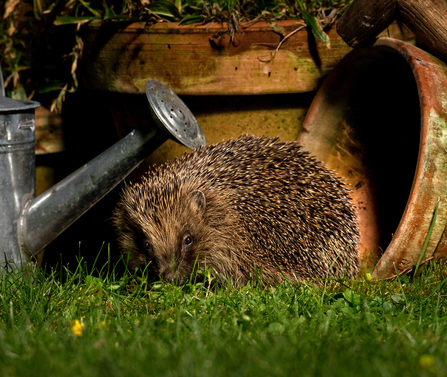I’m sure many of us wish we could crawl into a cosy burrow and spend the winter in hibernation. Sadly, as humans, our bodies lack the necessary metabolic adaptations to make that dream a reality.
In fact, there are only three mammals in the UK that enter a true state of hibernation; bats, hazel dormice and hedgehogs.
What is hibernation exactly?
Hibernation is a process that helps animals to survive during cold winter months, when food and water is harder to find. Whilst entering a state of prolonged inactivity, hibernating animals lower their heart rate, slow their breathing, and even drop their internal body temperature. By decreasing these bodily functions, hibernating animals can survive using far less energy.
While bats, hedgehogs and dormice are the only mammals that hibernate, some invertebrates such as queen bumblebees and butterflies also go into hibernation for the winter. Other amphibians, like frogs and toads, go into a state of 'torpor'. This is somewhere between a deep sleep and hibernation, marked by a decrease in body temperature.



